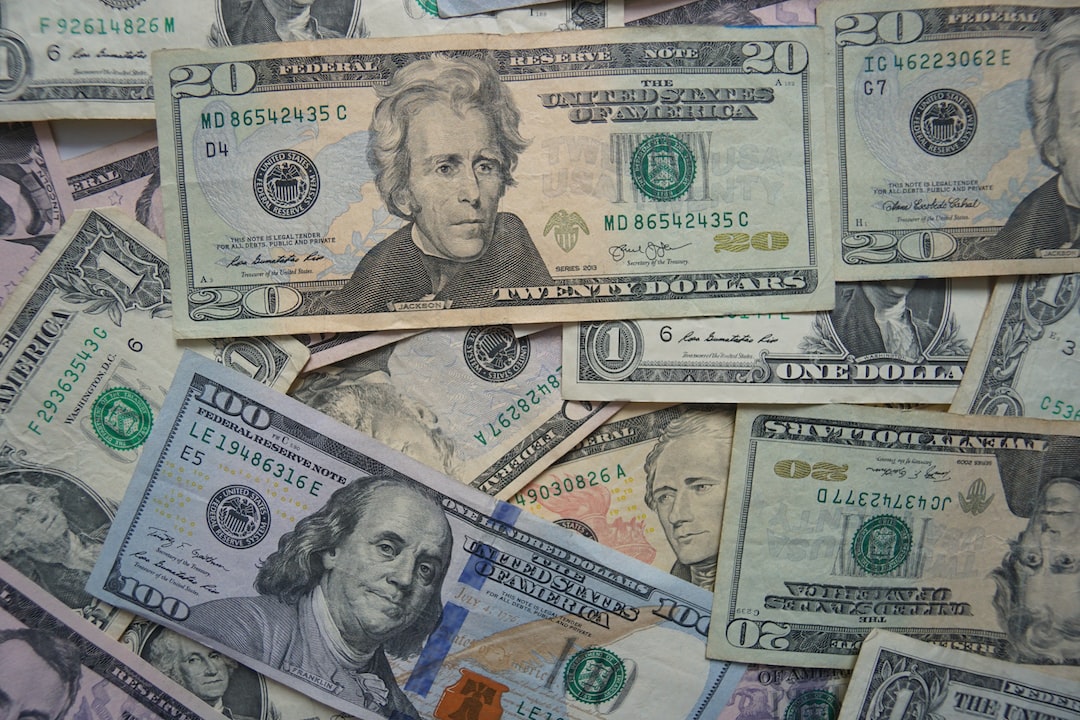Forex, aluminum, and acrylic are three popular materials used in various industries, including advertising, architecture, and design. Each material has its unique characteristics, advantages, and disadvantages.
Forex:
Forex is a lightweight, rigid, and durable material made of expanded PVC foam. It is an affordable option for indoor and outdoor signage, displays, and exhibition stands. Forex sheets come in various thicknesses, ranging from 1mm to 30mm, and can be easily cut, drilled, and shaped.
One of the main advantages of Forex is its versatility. It can be printed on with UV printers, and the printed image will have a high resolution and vibrant colors. Forex sheets are also resistant to water, sunlight, and temperature variations, making them suitable for outdoor use.
However, Forex has some limitations. It is not suitable for structural applications, as it cannot support heavy loads or withstand high impacts. It is also prone to warping and bending if exposed to heat or pressure, so it should be stored and transported carefully.
Aluminum:
Aluminum is a lightweight, strong, and corrosion-resistant metal that is widely used in construction, transportation, and manufacturing. It is a popular material for signs, panels, and façade systems, as it offers excellent durability, stability, and aesthetic appeal.
One of the main advantages of aluminum is its strength-to-weight ratio. It is much lighter than steel but can support heavy loads and withstand harsh weather conditions. Aluminum can be easily cut, drilled, and shaped using standard tools, and it can be finished with various coatings, such as anodizing, powder coating, or painting.
However, aluminum has some drawbacks. It is a good conductor of heat and electricity, which can cause thermal expansion and electrical shorts if not properly installed. It can also corrode if exposed to saltwater, acids, or alkaline substances, so it should be maintained and cleaned regularly.
Acrylic:
Acrylic, also known as plexiglass or PMMA, is a transparent thermoplastic material that is widely used in lighting, signage, and decorative applications. It is a lightweight, shatter-resistant, and UV-stable material that offers excellent optical clarity and color vibrancy.
One of the main advantages of acrylic is its transparency. It allows light to pass through it, making it suitable for lightboxes, illuminated signs, and architectural features. Acrylic can also be colored, frosted, or mirrored, adding versatility to its design options.
However, acrylic has some limitations. It is a relatively soft material, which can scratch easily if not protected. It is also sensitive to heat and can warp or melt if exposed to high temperatures. Acrylic is also prone to cracking and breaking if subjected to impacts or stress, so it should be handled and installed with care.
Conclusion:
In conclusion, the choice of material depends on the specific application, budget, and design requirements. Forex is an affordable and versatile material suitable for indoor and outdoor signage and displays. Aluminum is a strong and durable metal suitable for structural and architectural applications. Acrylic is a transparent and lightweight material suitable for lighting and decorative applications.
Before choosing a material, it is essential to consider the environmental factors, such as temperature, humidity, wind, and sunlight, as well as the mechanical factors, such as load, stress, and impact. It is also advisable to consult with a professional fabricator or designer to ensure the material’s suitability and compatibility with the project’s objectives.





